Leek lily,
Small Leek-lily,
Annual Bulbine-lily
Display all 11 images
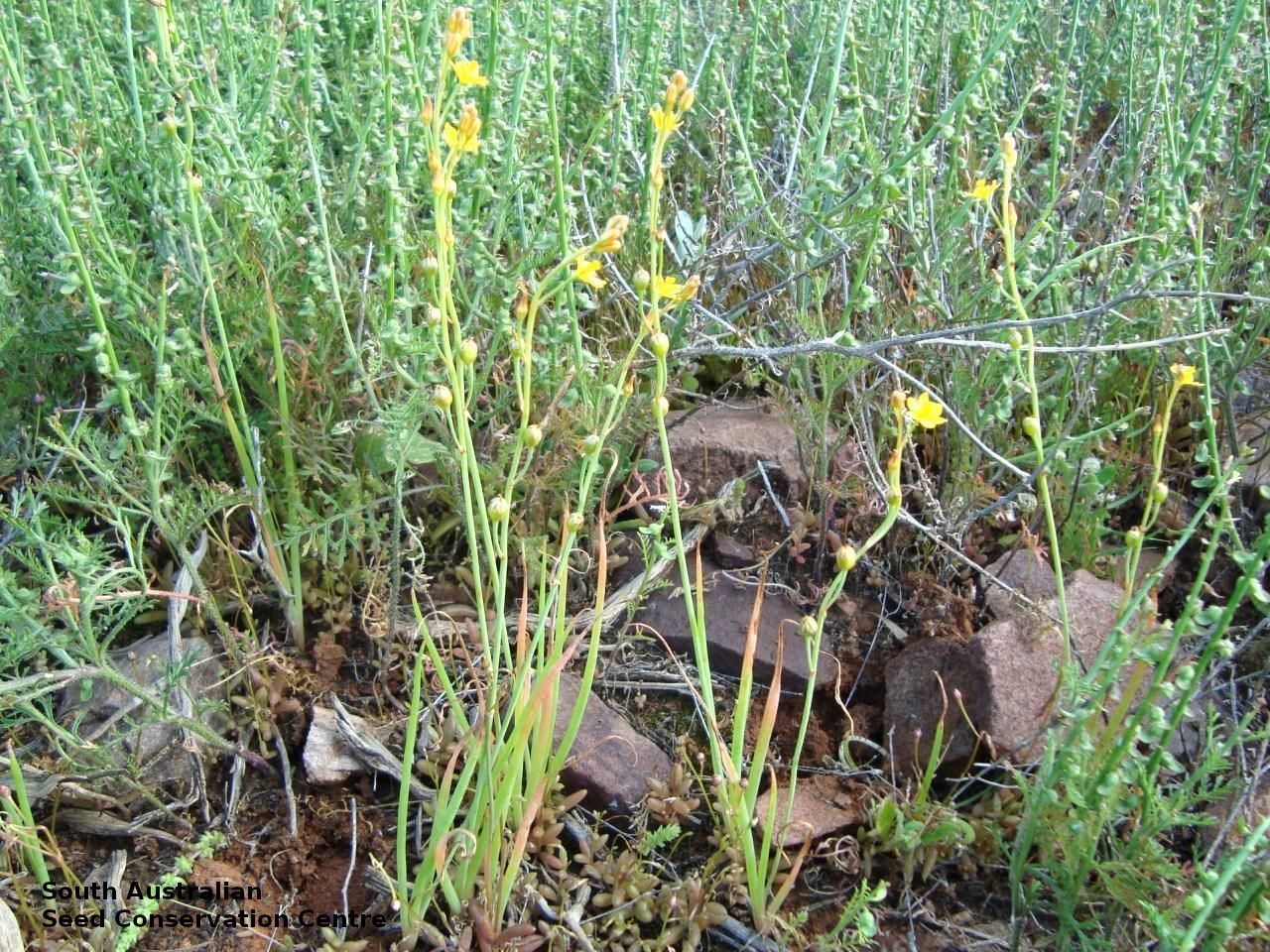

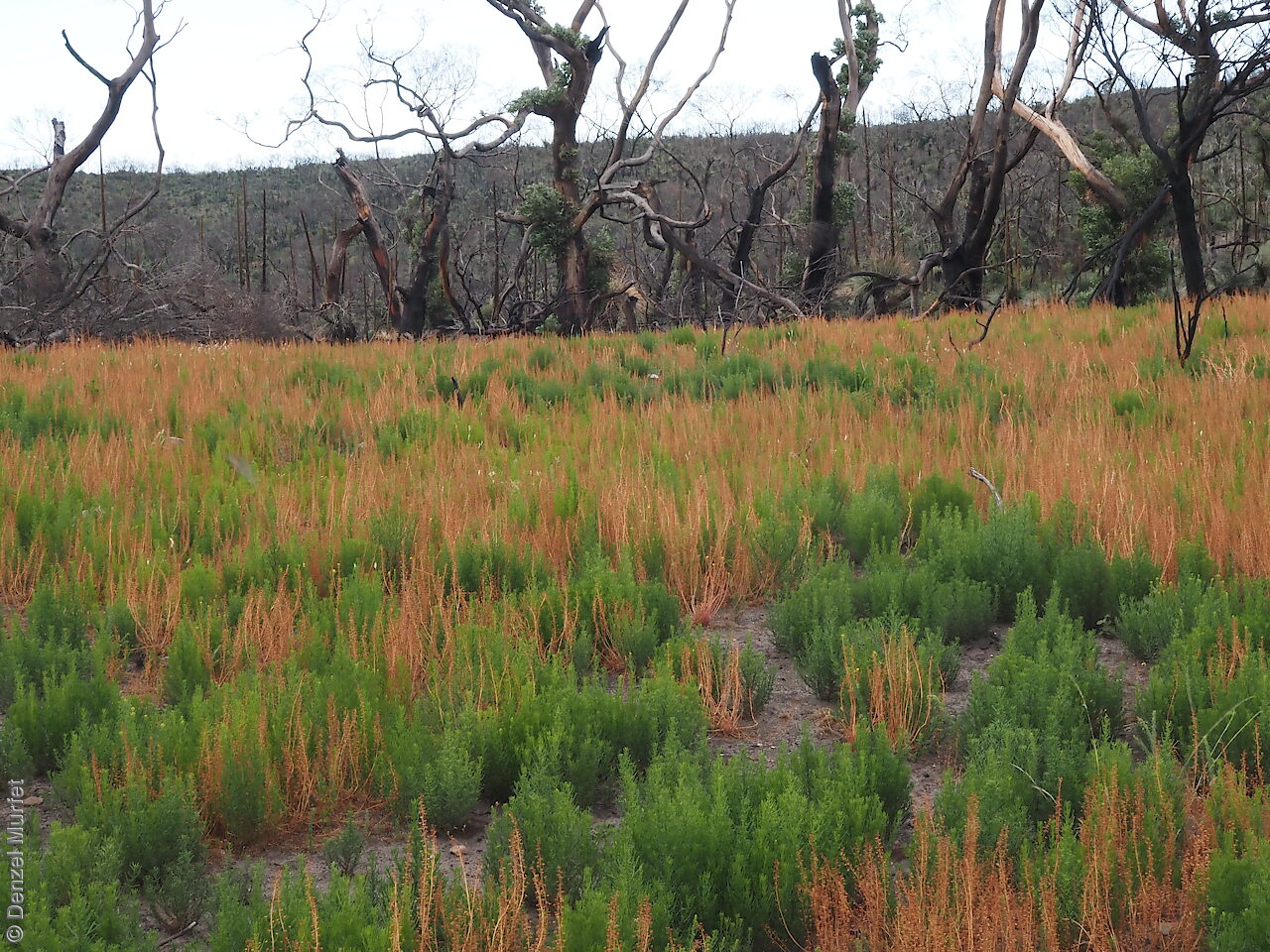
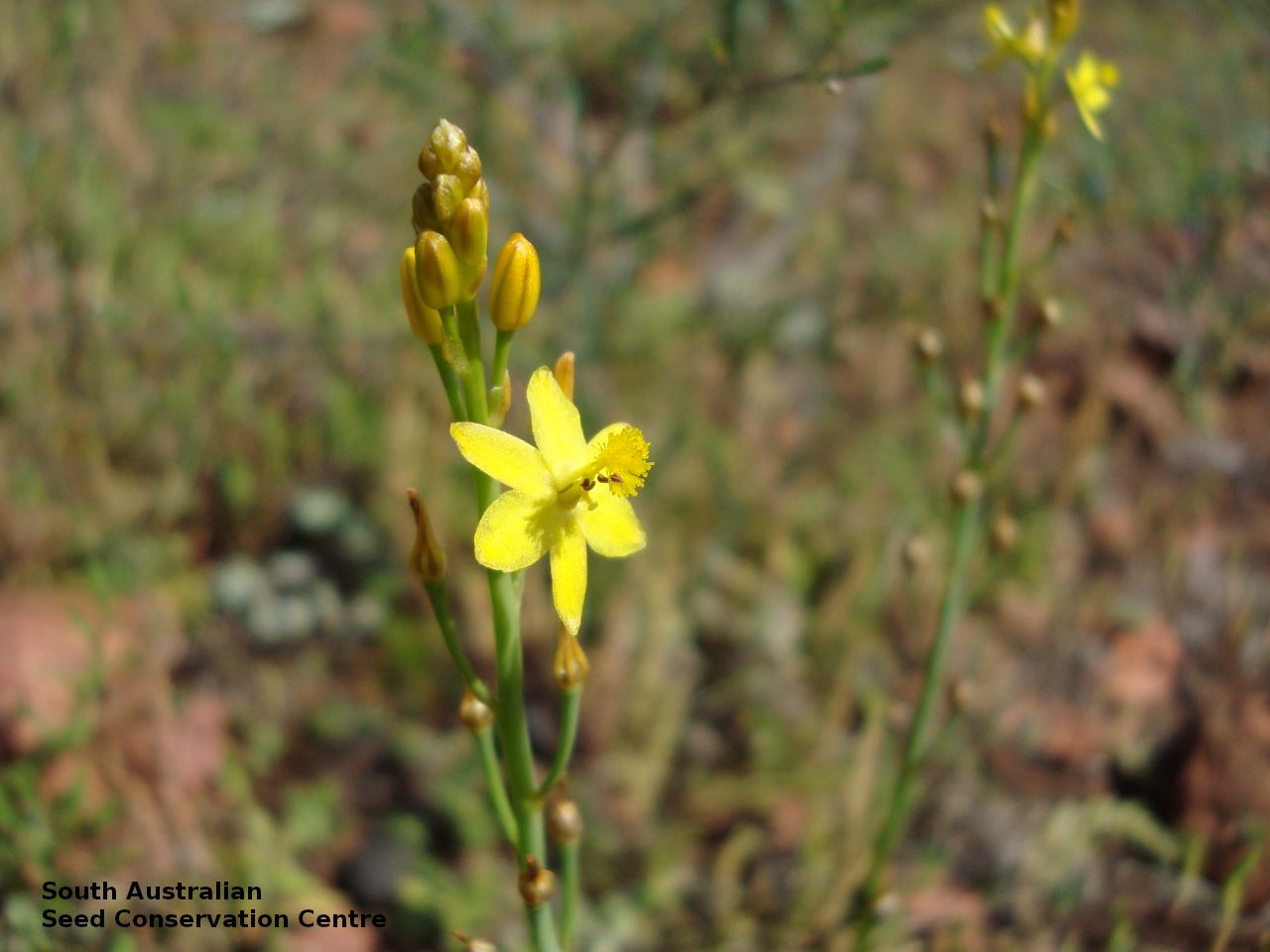





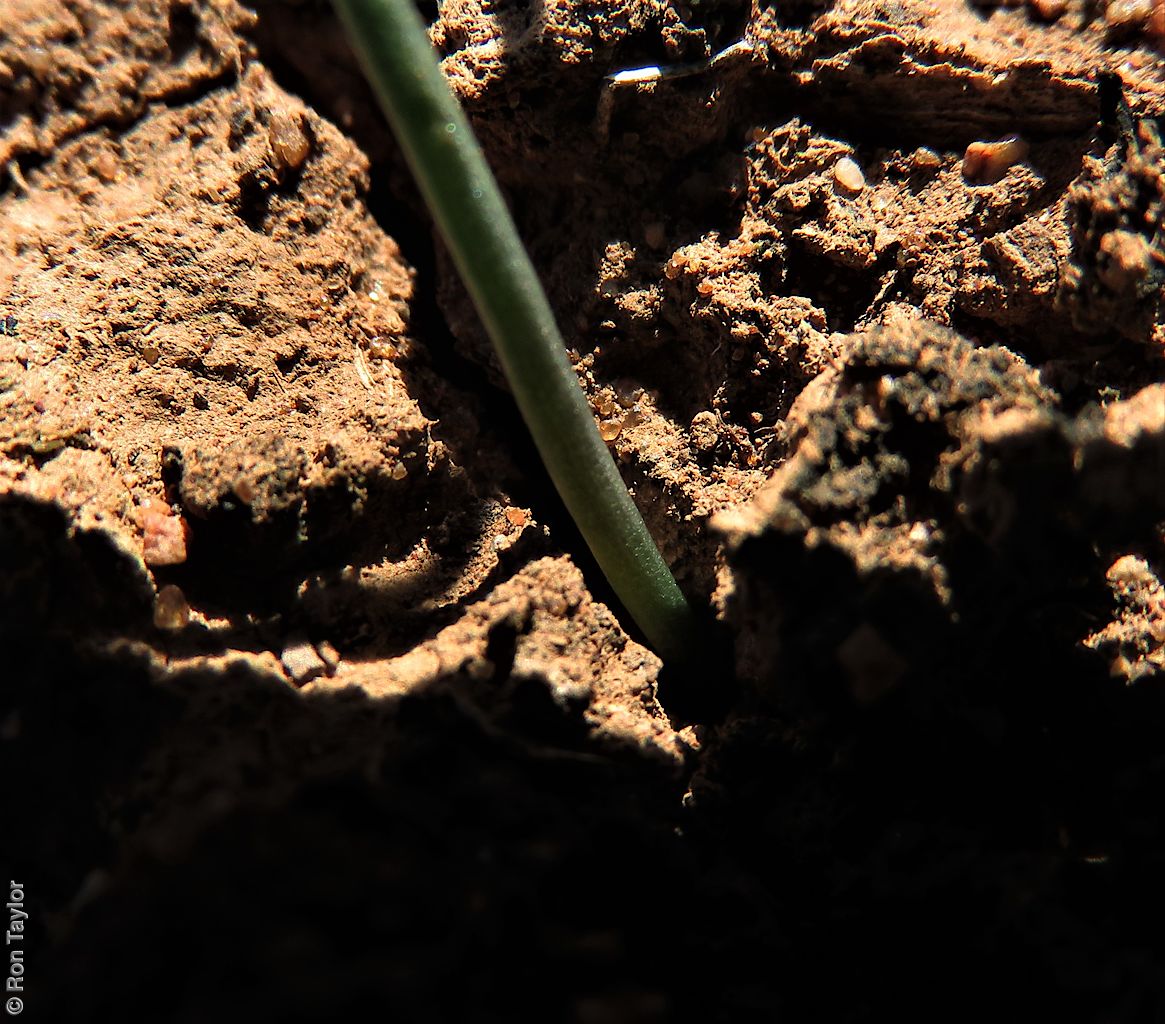
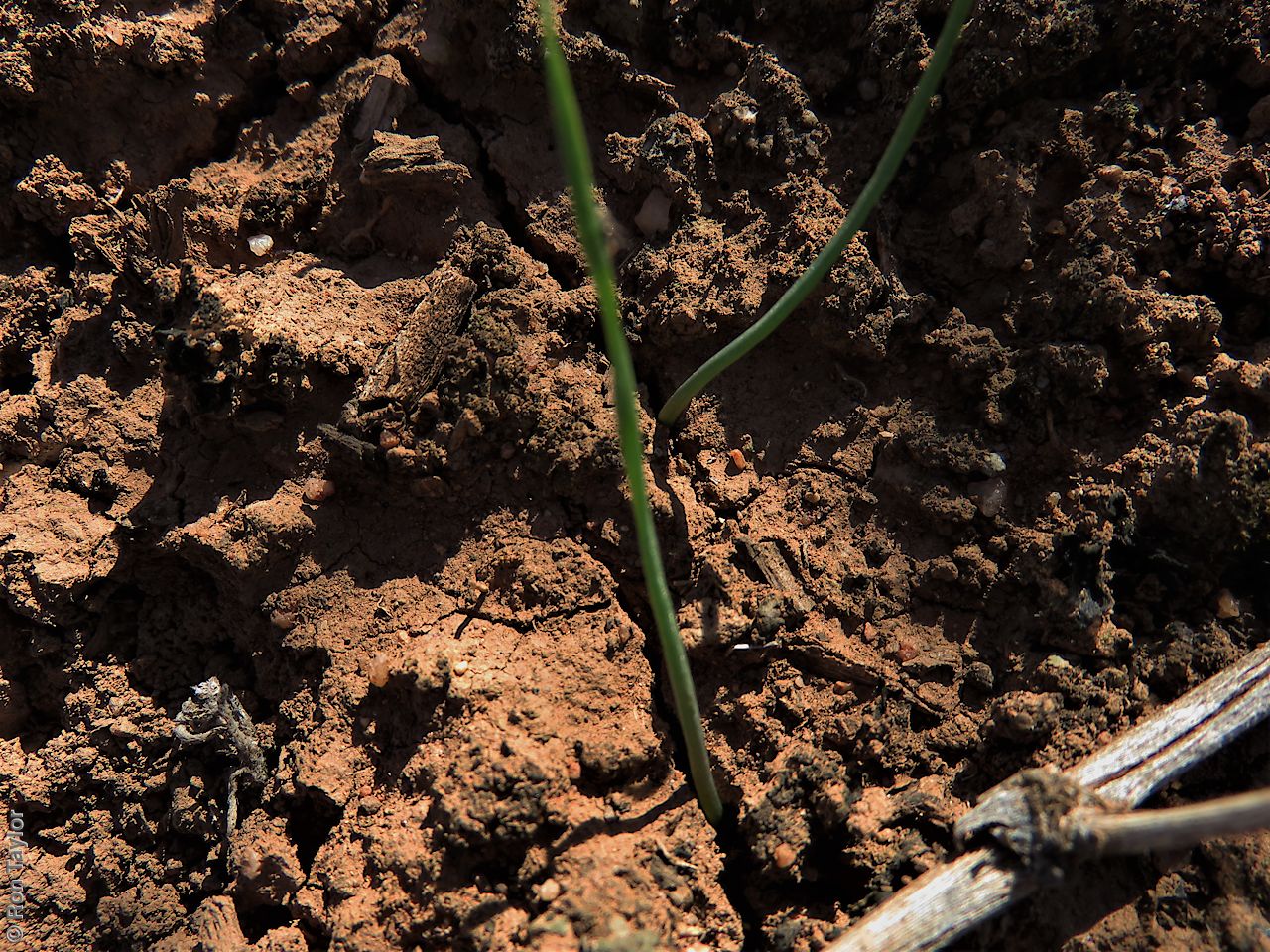
Regional Species Conservation Assessments per IBRA subregion.


Least concern
Near threatened
Rare
Vulnerable
Endangered
Critically endangered
Extinct
Data deficient
Adelaide
Arkaroola
Ceduna
Coober Pedy
Hawker
Innamincka
Marla
Marree
Mount Gambier
Oodnadatta
Renmark
Wudinna
Keith
Yunta
Display IBRA region text
| Bridgewater (NCP01) | Naracoorte Coastal Plain | Vulnerable (IUCN: VU D2) |
| Lucindale (NCP03) | | Rare (IUCN: RA d(ii)) [localised] |
| Tintinara (NCP04) | | Rare (IUCN: RA d(i,ii)) |
| Kangaroo Island (KAN01) | Kanmantoo | Least Concern [annual; likes disturbance] |
| Fleurieu (KAN02) | | Rare (IUCN: RA d(ii)) [population fluctuates; undercollected; lots after fire; in Deep Ck] |
| Mount Lofty Ranges (FLB01) | Flinders Lofty Block | Vulnerable (IUCN: VU B2ab(i,ii,iii); D2) (Probable Decline) [undercollected; fluctuates; could be EN] |
| Broughton (FLB02) | | Vulnerable (IUCN: VU B2ab(i,ii,iii)) (Probable Decline) |
| Olary Spur (FLB03) | | Rare (IUCN: RA d(i,ii)) |
| Southern Flinders (FLB04) | | Least Concern |
| Northern Flinders (FLB05) | | Least Concern [higher rainfall spp] |
| Central Flinders (FLB06) | | Least Concern |
| Southern Yorke (EYB01) | Eyre Yorke Block | Least Concern |
| St Vincent (EYB02) | | Vulnerable (IUCN: VU B2ab(i,ii,iii)) (Probable Decline) |
| Eyre Hills (EYB03) | | Least Concern |
| Talia (EYB04) | | Least Concern |
| Eyre Mallee (EYB05) | | Least Concern |
| South Olary Plain (MDD01) | Murray Darling Depression | Rare (IUCN: RA d(ii)) |
| Murray Mallee (MDD02) | | Least Concern |
| Lowan Mallee (MDD04) | | Least Concern |
| Murray Scroll Belt (RIV06) | Riverina | Least Concern |
| Myall Plains (GAW01) | Gawler | Least Concern |
| Gawler Volcanics (GAW02) | | Least Concern |
| Gawler Lakes (GAW03) | | Data Deficient |
| Arcoona Plateau (GAW04) | | Least Concern |
| Kingoonya (GAW05) | | Rare (IUCN: RA d(i,ii)) |
| Yellabinna (GVD06) | Great Victoria Desert | Rare (IUCN: RA d(i,ii)) |
| Yalata (NUL03) | Nullarbor | Rare (IUCN: RA d(i,ii)) |
| Bimbowrie (BHC05) | Broken Hill Complex | Vulnerable (IUCN: VU D2) (Probable Decline) |
| Strzelecki Desert (SSD05) | Simpson Strzelecki Dunefields | Least Concern [higher rainfall spp] |
| Breakaways (STP01) | Stony Plains | Least Concern |
| Oodnadatta (STP02) | | Least Concern |
| Murnpeowie (STP03) | | Rare (IUCN: RA d(ii)) [edge of range] |
| Witjira (STP06) | | Least Concern |
| Baltana (STP07) | | Least Concern |
| Watarru (CER02) | Central Ranges | Least Concern |
| 3 of 4 subregions | Naracoorte Coastal Plain | Rare , Vulnerable |
| 2 of 2 subregions | Kanmantoo | Least Concern , Rare |
| 6 of 6 subregions | Flinders Lofty Block | Least Concern , Rare , Vulnerable |
| 5 of 5 subregions | Eyre Yorke Block | Least Concern , Vulnerable |
| 3 of 6 subregions | Murray Darling Depression | Least Concern , Rare |
| Murray Scroll Belt (RIV06) | Riverina | Least Concern |
| 5 of 8 subregions | Gawler | Least Concern , Rare , Data Deficient |
| Yellabinna (GVD06) | Great Victoria Desert | Rare (IUCN: RA d(i,ii)) |
| Yalata (NUL03) | Nullarbor | Rare (IUCN: RA d(i,ii)) |
| Bimbowrie (BHC05) | Broken Hill Complex | Vulnerable (IUCN: VU D2) (Probable Decline) |
| Strzelecki Desert (SSD05) | Simpson Strzelecki Dunefields | Least Concern [higher rainfall spp] |
| 5 of 7 subregions | Stony Plains | Least Concern , Rare |
| Watarru (CER02) | Central Ranges | Least Concern |
Botanical art
Kath Alcock paintings: 7
Prior names
Bulbinopsis semibarbata
Anthericum semibarbatum
Common names
Leek lily
Small Leek-lily
Annual Bulbine-lily
Etymology
Bulbine from the Latin 'bulbous' meaning a bulb, referring to the bulb-shaped tuber of many members of this genus. Semibarbata from the Latin 'semi' meaning half and 'barbata' meaning bearded, referring to half of the filaments being bearded.
Distribution and status
Found scattered across South Australia but more common in the central part, especially on Eyre Peninsula, growing on sand, sandy clay, or loam in areas that are wet in winter, such as granite outcrops, creek lines, the margins of salt lakes and along the coast. Also found in Western Australia, Queensland, New South Wales, Victoria and Tasmania. Native. Common in South Australia. Common in the other States.
Herbarium regions: North Western, Lake Eyre, Nullarbor, Gairdner-Torrens, Flinders Ranges, Eastern, Eyre Peninsula, Northern Lofty, Murray, Yorke Peninsula, Southern Lofty, Kangaroo Island, South Eastern, Green Adelaide
NRM regions: Adelaide and Mount Lofty Ranges, Alinytjara Wilurara, Eyre Peninsula, Kangaroo Island, Northern and Yorke, South Australian Arid Lands, South Australian Murray-Darling Basin, South East
AVH map: SA distribution map (external link)
Plant description
Erect annual herb to 20 cm tall with cylindrical fleshy basal leaves. Inflorescence a long erect spike with yellow flowers, with the 3 longer inner perianth filaments bearded and 3 other filaments short and glabrous. Flowering between September and November. Distinguished from the other Bulbine species by not having a tuber, no wing around the seeds and half of perianth filaments bearded. Fruits are round capsules less than 5 mm long, containing numerous seeds. Seeds are brown pyramid-shaped seeds to 3mm long with a bumpy surface. Seed embryo type is linear fully developed.
Seed collection and propagation
Collect seeds between October and December. Collect mature capsules, those that are turning a pale straw colour and contain brown seeds. Can collect individual capsules or break off the whole fruit spike. Place the capsules in a tray and leave to dry for two weeks. Then rub the capsules gently by hand to dislodge the seeds. Use a sieve to separate the unwanted material. Store the seeds with a desiccant such as dried silica beads or dry rice, in an air tight container in a cool and dry place. Seed viability is usually high.
| Location | No. of seeds
(weight grams) | Number
of plants | Date
collected | Collection number
Collection location | Date
stored | % Viability | Storage
temperature | BGA
MSB | 1,000 (1.66 g)
1,000 (1.66 g) | 50+ | 26-Oct-2004 | DJD28
Gairdner-Torrens | 28-Mar-2006 | 100% | -18°C |
Location: BGA — the seeds are stored at the Adelaide Botanic Gardens, MSB — the seeds are stored at the Millennium Seed Bank, Kew, England.
Number of plants: This is the number of plants from which the seeds were collected.
Collection location: The Herbarium of South Australia's region name.
% Viability: Percentage of filled healthy seeds determined by a cut test or x-ray.
Germination table:
Display










